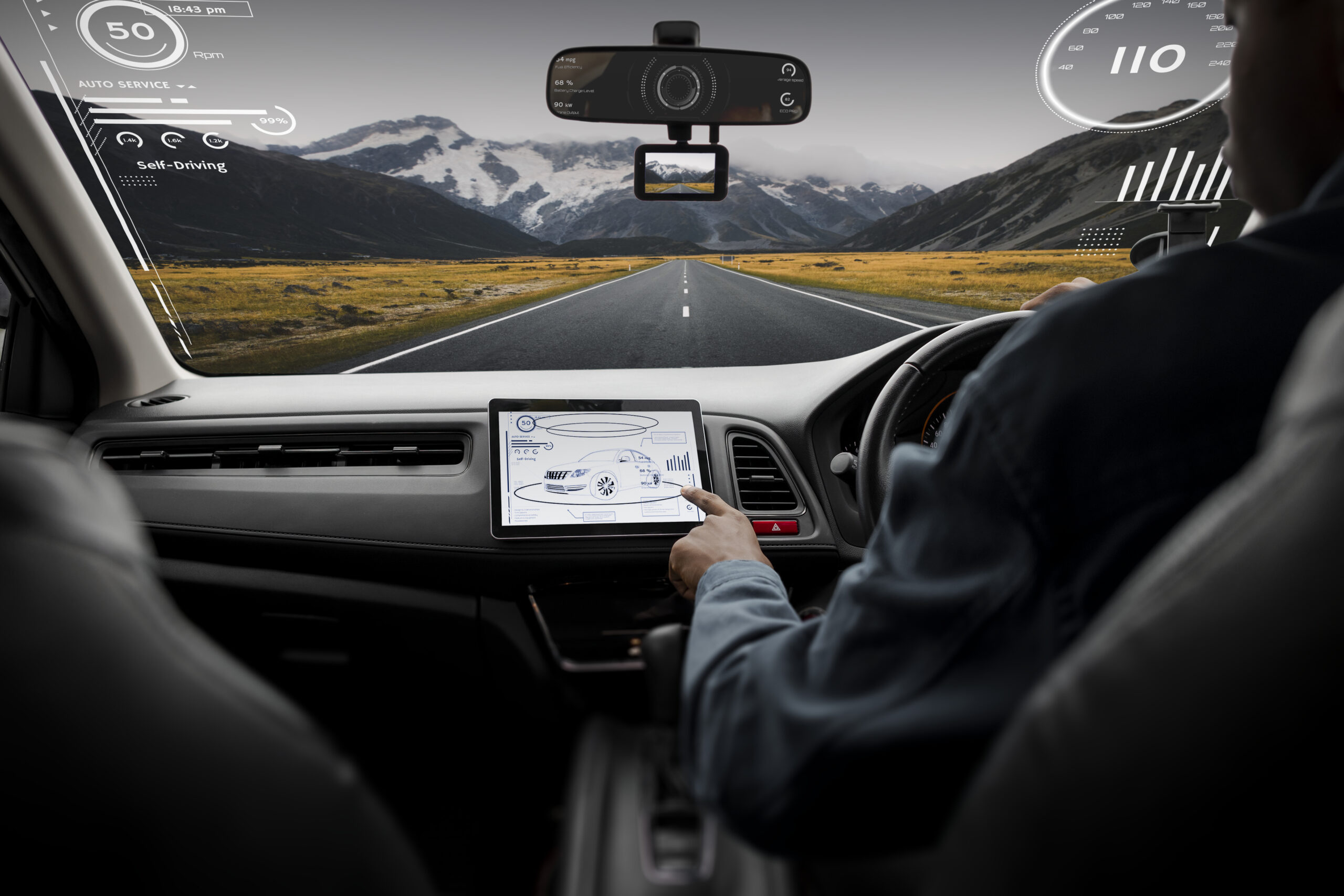Head-Up Display (HUD) technology has revolutionized the way drivers receive information while keeping their eyes on the road. By projecting essential data directly onto the windshield, HUD systems enhance safety and convenience. However, like any technological system, HUDs can encounter issues that may result in warning lights appearing on the display. In this article, we will explore some common problems that may trigger warning lights on the Head-Up Display and provide possible solutions to address them.
- Projection Failure: One of the most common issues with HUDs is a projection failure, where the information fails to display properly on the windshield. This can occur due to various reasons, such as a faulty projector unit, misalignment, or a malfunctioning control module.
Possible Solutions:
- Check the projector unit: Inspect the projector unit to ensure it is functioning correctly. Look for any signs of damage or loose connections. If there is visible damage, it may require professional repair or replacement.
- Verify alignment: If the HUD display appears distorted or misaligned, it may be a result of incorrect positioning. Check the vehicle’s owner manual for instructions on how to adjust the HUD’s position and align it properly with the driver’s line of sight.
- Restart the system: Sometimes, a simple system restart can resolve temporary glitches. Turn off the HUD system and restart the vehicle to see if the warning light disappears and the projection resumes properly.
- Sensor Issues: HUDs rely on various sensors to gather information about the vehicle’s speed, navigation directions, and other data. If any of these sensors malfunction or fail, it can affect the accuracy and functionality of the HUD, triggering warning lights.
Possible Solutions:
- Clean the sensors: Dirt, dust, or debris on the sensors can hinder their performance. Gently clean the sensors using a soft, lint-free cloth to ensure optimal sensor functionality.
- Check for sensor damage: Inspect the sensors for any visible damage or signs of wear. If there is physical damage, it is advisable to have them repaired or replaced by a qualified technician.
- Scan for error codes: If the warning light persists, it is recommended to use a diagnostic tool to scan for error codes related to the HUD system. These codes can provide valuable insights into the specific sensor issue and help in diagnosing and resolving the problem.
- Connectivity Problems: HUDs often rely on wireless or wired connections to gather data from the vehicle’s onboard systems, such as the speedometer, navigation system, or vehicle control unit. Connectivity issues can disrupt the flow of information and trigger warning lights on the HUD display.
Possible Solutions:
- Check the connections: Ensure that all connections between the HUD system and the vehicle’s onboard systems are secure. Look for any loose or damaged connections and address them accordingly.
- Reset the connections: If there are persistent connectivity issues, resetting the connections may help. Consult the vehicle’s owner manual for instructions on how to reset or reestablish the connections between the HUD and the vehicle’s systems.
It is important to note that troubleshooting HUD warning lights may require specialized knowledge and expertise. If you are uncertain about any troubleshooting steps or encounter persistent issues, it is recommended to seek assistance from a qualified technician or contact the manufacturer’s customer support for further guidance. Head-Up Display warning lights can indicate underlying problems with the projection, sensors, or connectivity of the system. By following the troubleshooting tips mentioned above, you can address common issues and restore the functionality of your HUD. Remember, if the problem persists or if you are unsure about any aspect of the troubleshooting process, it is best to seek professional assistance to ensure the HUD system operates correctly and to maintain a safe driving experience.











